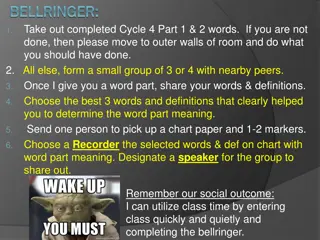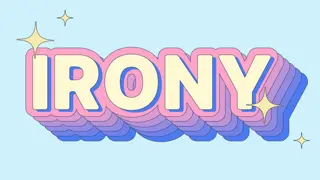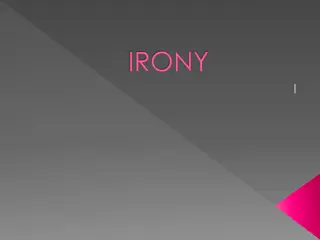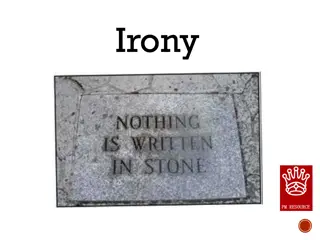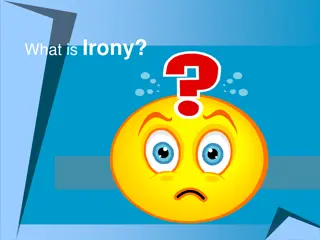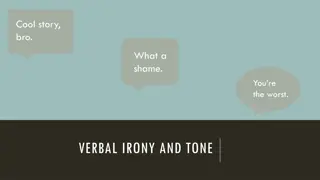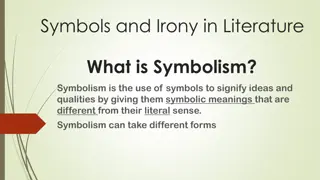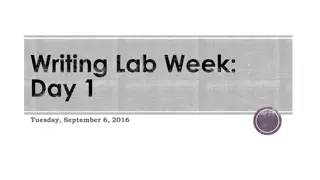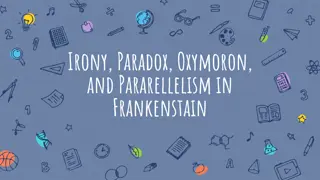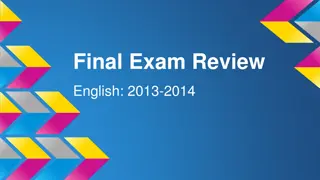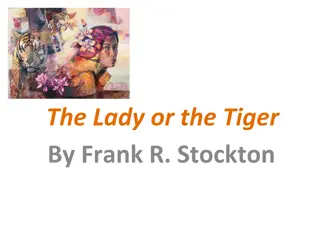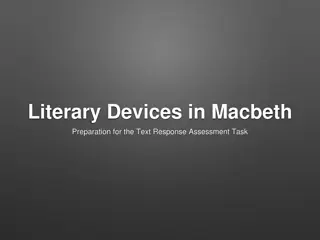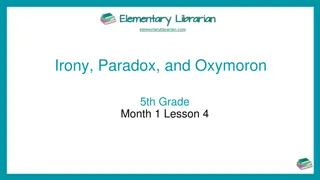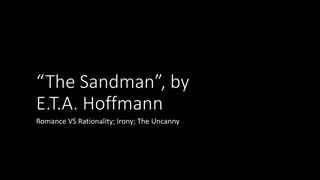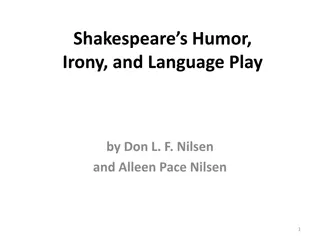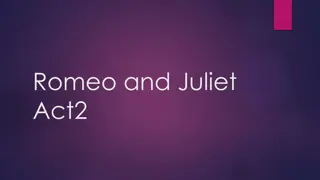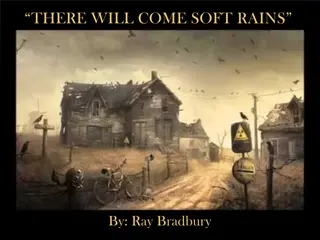Exploring Irony in Literature: Analysis and Applications
Dive into the concept of irony in literature through classic short stories and examples from renowned authors like O. Henry and Heker. This content dissects situational, verbal, and dramatic irony, guiding readers to identify and appreciate various forms of irony in storytelling. Analyze excerpts from "The Gift of the Magi," "The Stolen Party," and "The Cask of Amontillado" by Poe to deepen your understanding of how irony influences themes and characters in narratives.
Download Presentation

Please find below an Image/Link to download the presentation.
The content on the website is provided AS IS for your information and personal use only. It may not be sold, licensed, or shared on other websites without obtaining consent from the author. Download presentation by click this link. If you encounter any issues during the download, it is possible that the publisher has removed the file from their server.
E N D
Presentation Transcript
LEVEL 4 UNIT 2 DEFINING STYLE
2.9 IRONY IN THE VAULTS Entry Task Before Reading (pg 115) 1. Think about the situational irony in the two short stories by O. Henry ( Gift of the Magi ) and Heker ( The Stolen Party ). This situational irony leads to an understanding of the theme or major idea of each story. What was ironic about the situation in each of the stories?
2.9 IRONY IN THE VAULTS Learning Targets Identify how irony is conveyed through the words, actions, and situations in a story. Acquire an understanding of challenging vocabulary by diffusing unknown words. Demonstrate effective syntax by using parallel structure in writing.
2.9 IRONY IN THE VAULTS Irony Review 2. You have seen how writers such as O. Henry and Heker use situational irony. Writers also use other types of irony to create an effect. Predict why they might use these types of irony. Writers use verbal irony by having a speaker or narrator say one thing while meaning another. Writers use dramatic irony when the reader knows more about what is to happen than the main characters know.
2.9 IRONY IN THE VAULTS The Cask of Amontillado (pgs 117-122) During Reading 3. As you read The Cask of Amontillado, highlight areas of the text where Poe uses irony. Also, use the My Notes space to respond to the questions in Key Ideas and Details. Page 117 I will read the first three paragraphs and practice DIFFUSING. You should look to identify point of view, characters, setting, and conflict.
2.9 IRONY IN THE VAULTS The Cask of Amontillado Key Ideas and Details (117) In Activity 2.8, you paraphrased or interpreted quotations about revenge. What is the narrator s opinion of revenge stated in the last two sentences of Paragraph 1? What does his explanation reveal about his character? From the beginning, the narrator lets us, the readers, know he has plans. Based on the title and the first three paragraphs, predict what the narrator plans to do.
2.9 IRONY IN THE VAULTS The Cask of Amontillado Key Ideas and Details (118) The narrator s ironic point of view is clear from his comment about his attendants or servants. How is the situation he speaks of ironic? For Chunk 2, write two Level 1 and Level 2 questions for which you may not know the answer but think the answer may be important to understanding the story. Turn to a partner, share your questions, and answer each other s questions.
2.9 IRONY IN THE VAULTS The Cask of Amontillado Key Ideas and Details (119) An important image in this section is Montresor s coat of arms. Visualize this by drawing it and including the motto. Consider how it symbolizes the idea of revenge.
2.9 IRONY IN THE VAULTS The Cask of Amontillado Key Ideas and Details (120) Chunk 4 is the climax of the story, when Montresor s intentions become clear. What is one thing he does that makes you understand what he intends to do? What is the one clear example of verbal irony in this chunk? Explain how Montresor is being ironic.
2.9 IRONY IN THE VAULTS The Cask of Amontillado Grammar & Usage (121) How does Poe effectively use parallel structure as he describes the building of the wall? What is the effect on the reader?
2.9 IRONY IN THE VAULTS The Cask of Amontillado Key Ideas and Details (121) What do you learn about the narrator in Chunk 5? Cite textual details to support your understanding. What textual evidence helps you determine whether Poe tells this story from a limited or omniscient point of view? Why might Poe have chosen to write in this point of view?
2.9 IRONY IN THE VAULTS The Cask of Amontillado Verbal Irony (123) 1. Verbal irony occurs when a speaker or narrator says one thing while meaning the opposite. For example, when Fortunato proposes a toast to the dead buried in the crypts around them, Montresor adds: And I to your long life. Montresor is using verbal irony here, as he intends to end Fortunato s life very soon. Find at least three examples from the text & fill in this section of the graphic organizer.
2.9 IRONY IN THE VAULTS The Cask of Amontillado Situational Irony (123) 2. Situational irony occurs when an event contradicts the expectations of the characters or the reader. For example, Fortunato expects to enjoy the rare Amontillado; however, he is killed. Find at least three examples from the text & fill in this section of the graphic organizer.
2.9 IRONY IN THE VAULTS The Cask of Amontillado Dramatic Irony (123) 3. Dramatic irony occurs when the reader or audience knows more about circumstances or future events in the story than the characters within it. For example, from the beginning of The Cask of Amontillado, the reader knows that Montresor will kill Fortunato, Fortunato does not know this. Find at least three examples from the text & fill in this section of the graphic organizer.
2.9 IRONY IN THE VAULTS The Cask of Amontillado Writing Prompt (122) In a well-supported paragraph, explain how Poe uses verbal irony in The Cask of Amontillado to emphasize the evil intentions of Montresor. Be sure to: Create a topic sentence that introduces your topic. Cite textual examples of verbal irony. Include commentary sentences that explain the importance or the effect of the irony. Use appropriate parallel structure of multiple ideas within a sentence.


